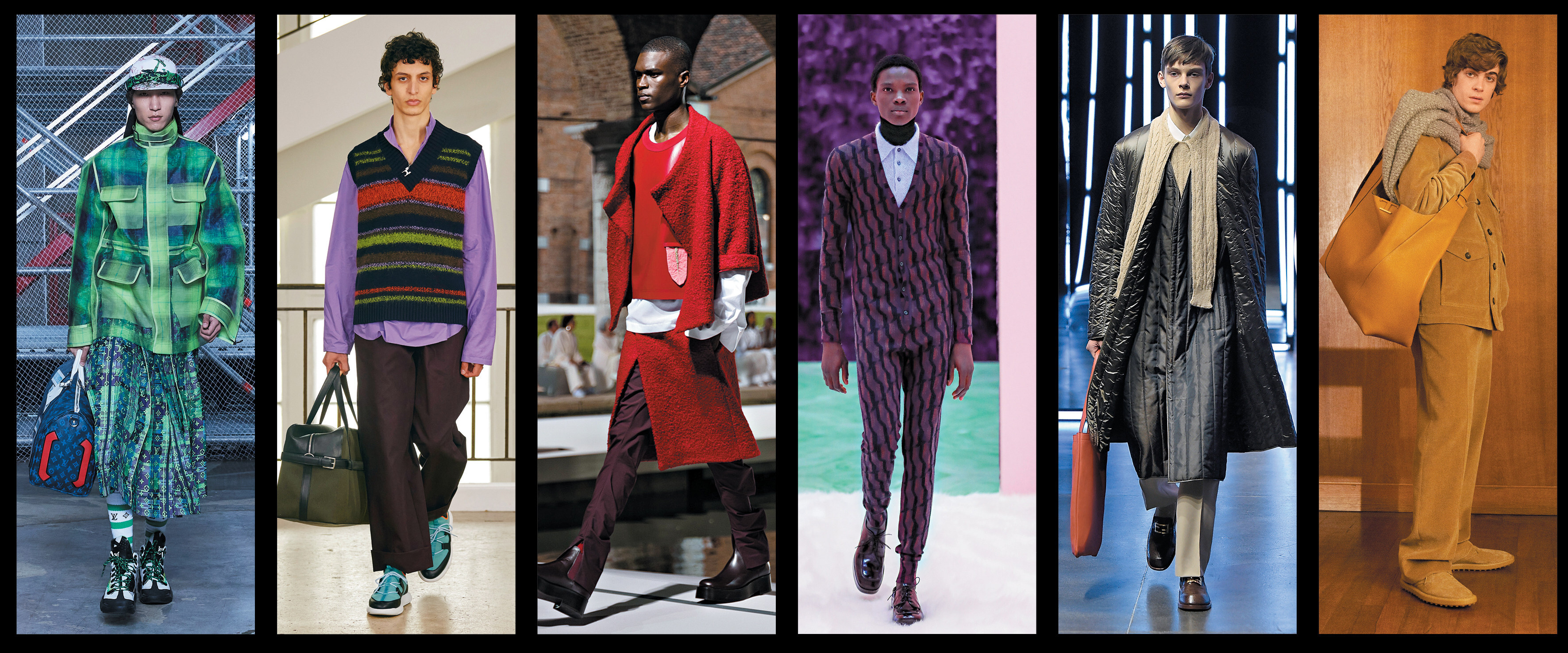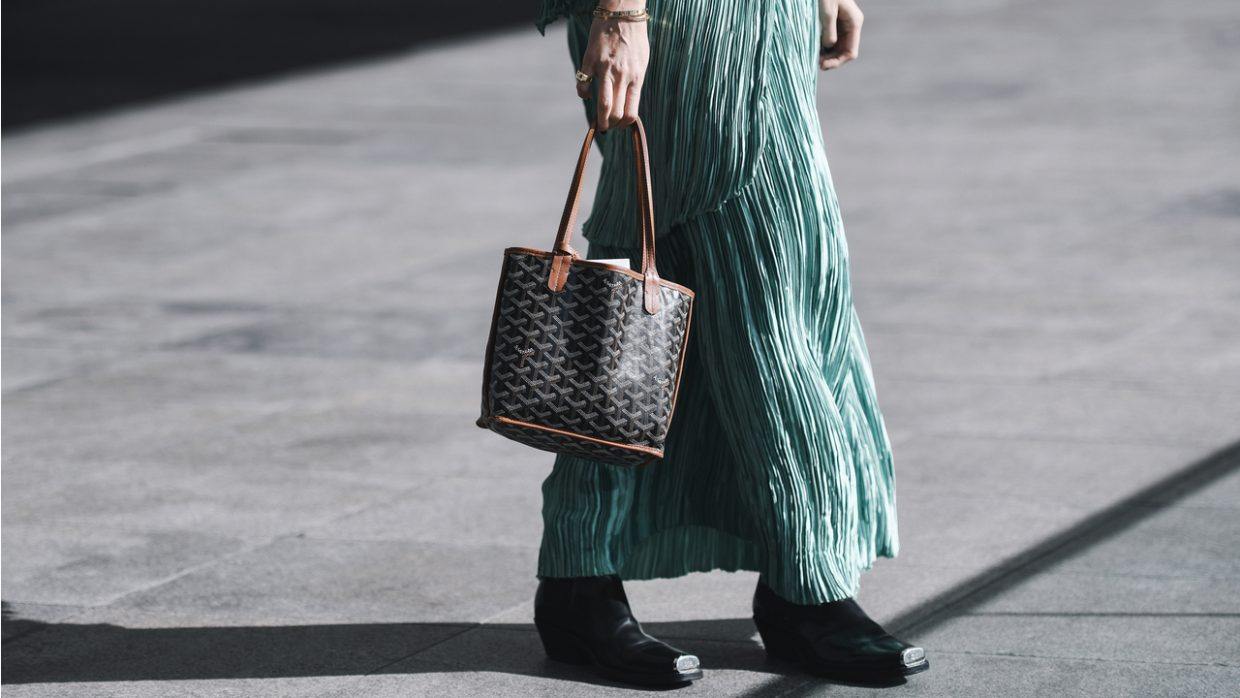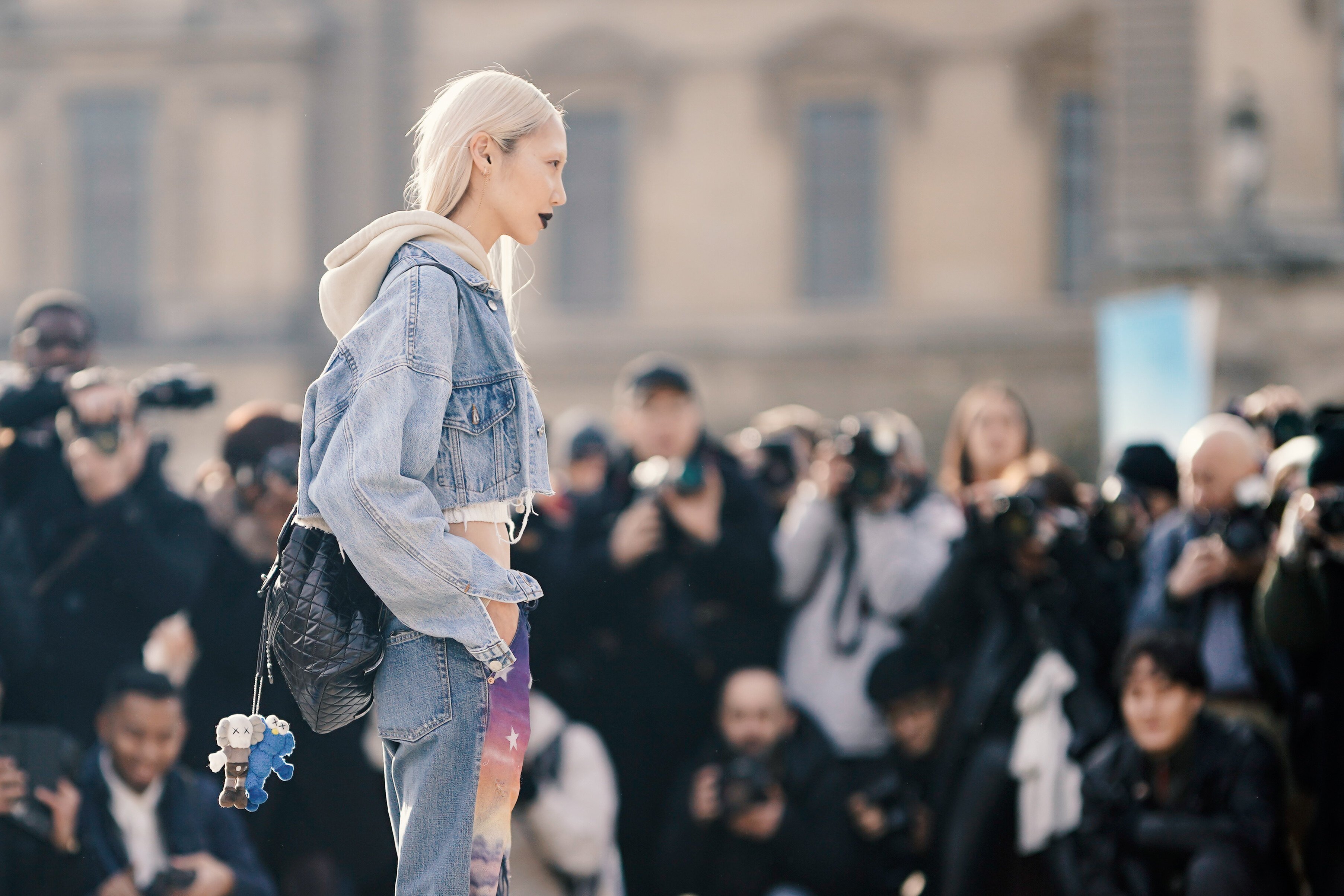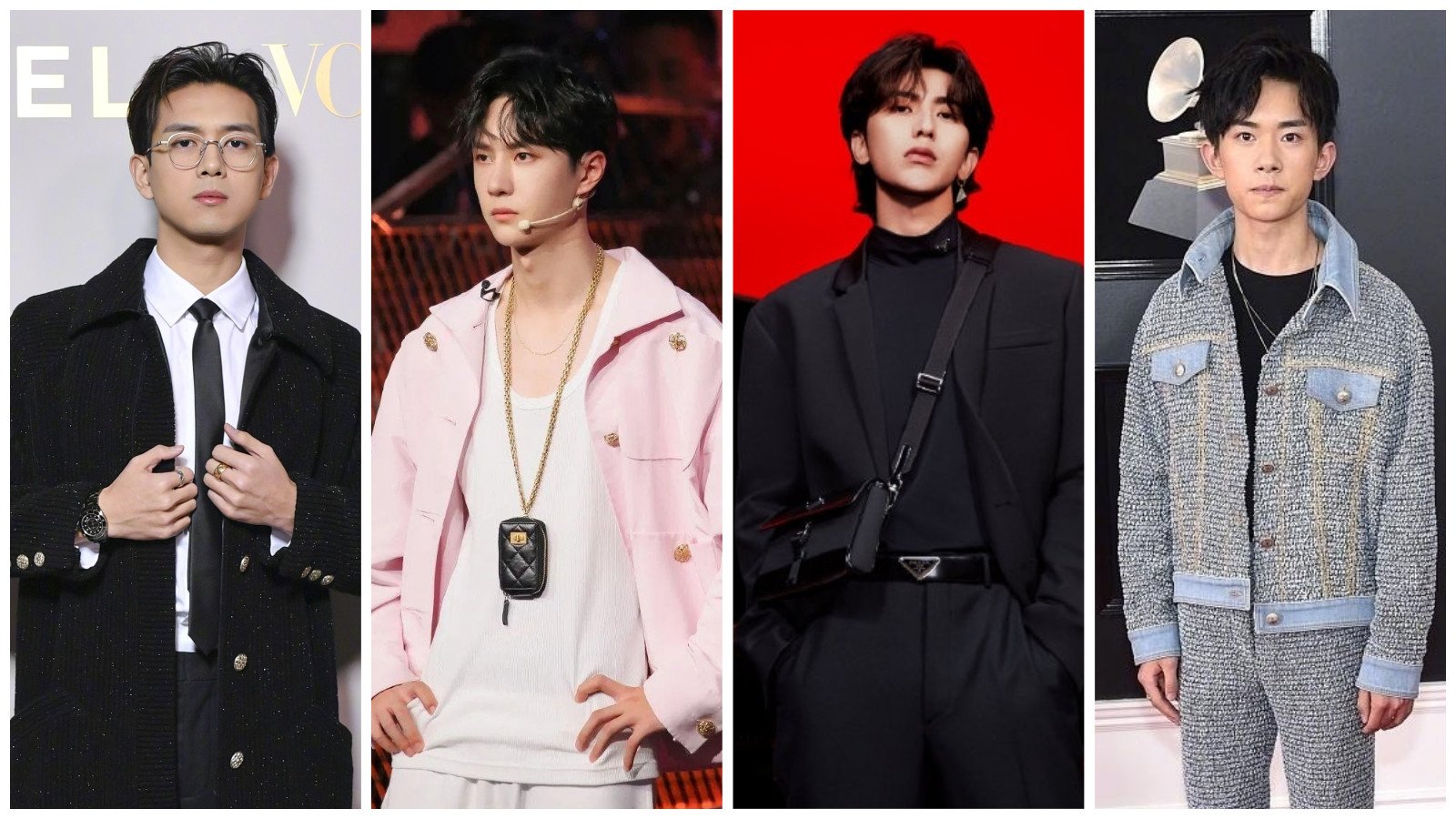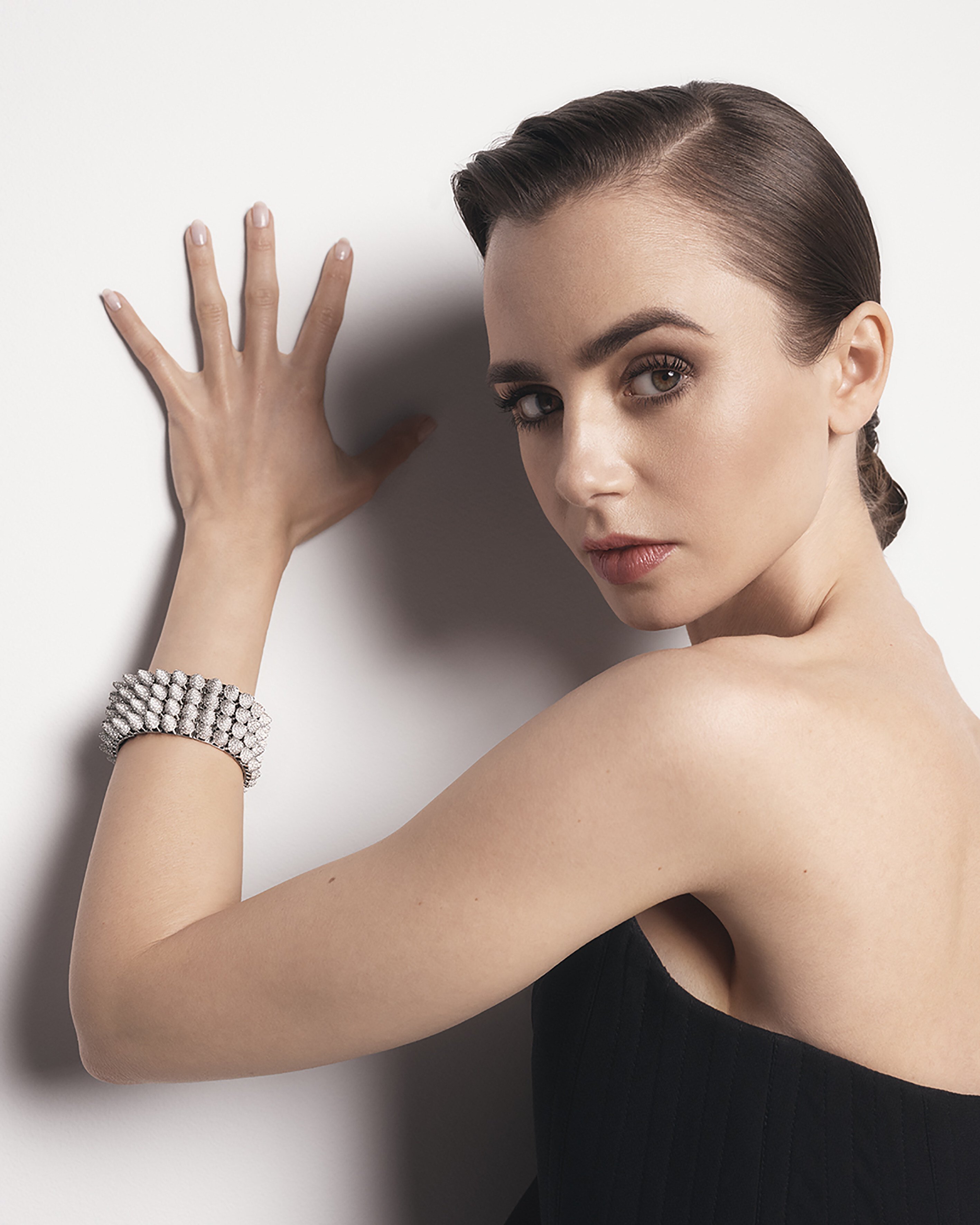Is fashion really entering a ‘sustainability decade’? Farfetch brings conscious luxury while Nona Source sells certified LVMH Maisons’ deadstock fabric – but will it be enough?
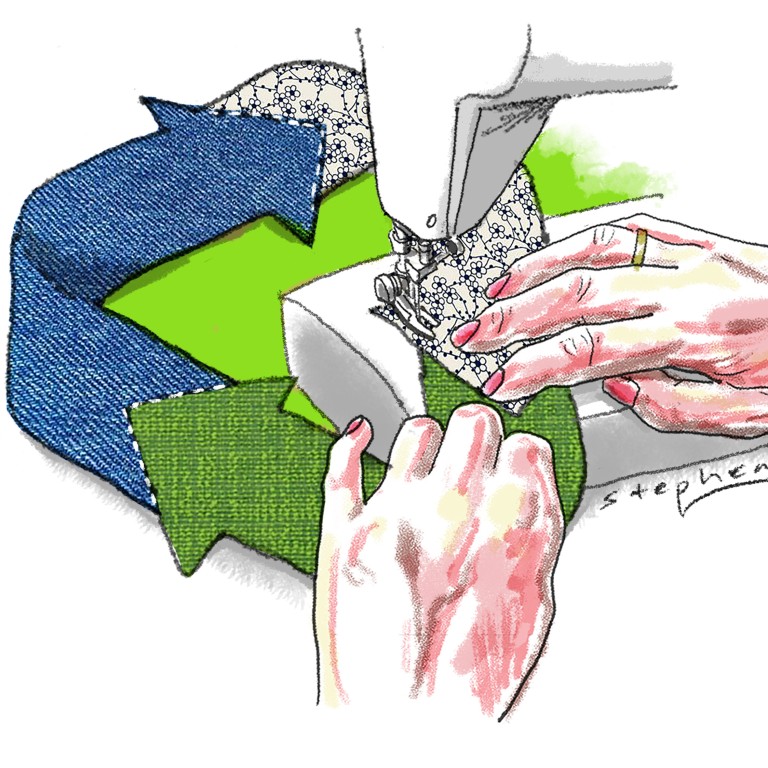
- As overconsumption and excessiveness become passé, modern luxury is ushering in a new era, celebrating the unlikely exclusivity of sustainable and responsible buying
- Net-a-Porter launched a conscious Net Sustain line, Gucci went organic with Off The Grid and Prada has reinvented iconic bags in Econyl
Once upon a time, extravagance, exuberance and exorbitance ruled the luxury landscape. Fashion fanatics would sport their latest luxury acquisitions featuring the most exotic leathers and skins as a form of status.
And then 2020 happened.
Stymied by lockdowns and paused social lives, homebound consumers came face-to-face with overstuffed wardrobes and had little use for their most prized accessories. While eco-sentiments were already on the rise, Covid-19 has, along with unwelcome fear and anxiety, laid bare the luxury industry’s penchant for overconsumption and its voracious effect on the environment.

And so, a new era in luxury retail is under way. Dubbed the “sustainability decade” by consultancy Bain & Company, brands and retailers are pivoting to sustainable offerings and conscious initiatives to cater to an emerging generation of affluent consumers, turning over a new leaf and shifting their consumption from an accumulation of “It” bags to purposeful buying.
At the forefront of this is Farfetch, which is providing a blueprint for what a more responsible luxury experience could look like.
“The pandemic has effectively accelerated trends which were in existence already,” says Thomas Berry, director of sustainable business at Farfetch. “Consumers are looking for products that epitomise either of two things: having better social impact or being more environmentally sound – or both.”
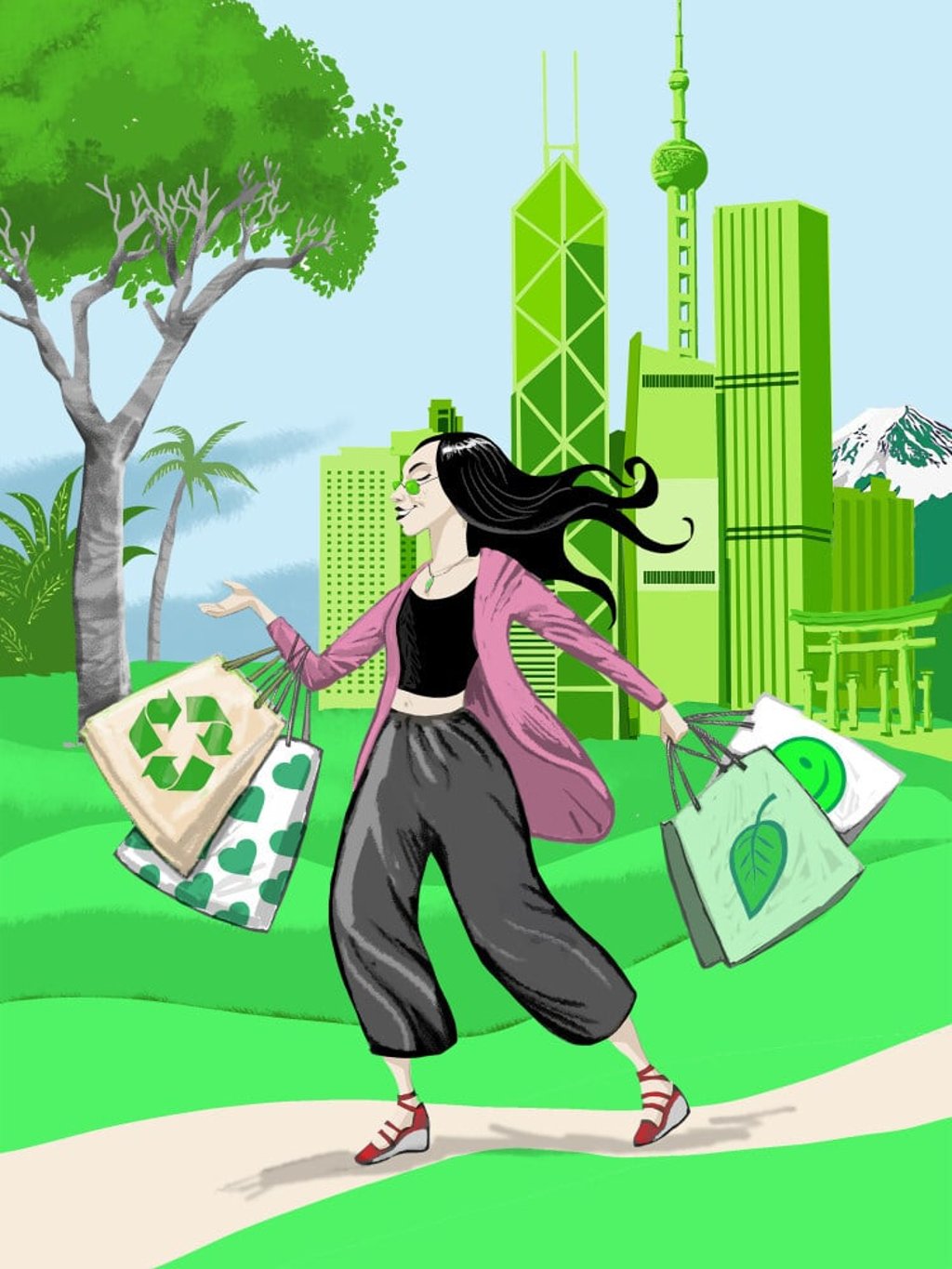
Farfetch boasts the largest global edit of conscious product, featuring up-and-coming brands such as Bode, Anouki and Nanushka, all of which understand the growing role of mindful consumption – not least because it’s paying off.
Data from Farfetch’s first “Conscious Luxury Report” revealed that conscious product sales grew 3.4 times faster than the Farfetch marketplace average from 2019 to 2020. The conscious proposition is notably resonating with Chinese consumers, with the company recording a 188 per cent year-on-year growth in conscious gross merchandise value in China.
“Sustainability won’t be a choice, it will be a requirement very soon,” says Nanushka’s founder and creative director Sandra Sandor. “Nanushka’s commitment to sustainability is to try to find ways that will have the least amount of impact on the environment while not compromising on our aesthetic and quality.”






